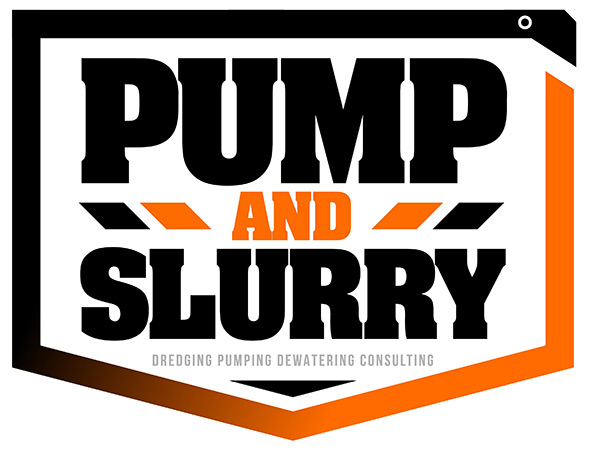Starting up a Pump
Pump Start Up Checklist
Slurry Transport |
Pump Startup Sequence:
1. Check that there is a supply of process liquid from the tank/sump.
2. Where applicable check the supply of cooling/flushing fluid to the stuffing box or mechanical seal is on and getting all the way to the pump.
3. Open fully all the pump valves in the suction circuit – including valves at both the pump and the tank. (The suction line valves must always be fully open)
4. Open fully the pump delivery/discharge circuit valves throughout the pipeline. (If you have to regulate pump pressure or flow then do it with the discharge valve nearest the pump.)
5. Open bleed valves to remove air from the system and vent potential air-locks. Use local vent valves at high points and then shut after venting.
6. Flood the pump and ensure the pump is primed. Priming can be confirmed by checking that the tank level is higher than the pump discharge flange – this may be done by eye or by process control instrumentation levels.
7. Close the air bleed valves.
8. Bump-start the pump briefly to check the direction of rotation is correct. The rotation should be indicated by an arrow on the pump or drive motor – if not check the operating manual.
9. Start the pump and check that pumping occurs by observing a fall in the source tank level.
10. Finally, prove the pump is operating correctly:
- Look for leaks, including pipe work and flanges.
- Check for vibration or abnormal noise (e.g. rattling cavitation sounds or out of balance impeller, rubber from drive couplings, etc).
- Where applicable see that stuffing box/mechanical seal is getting coolant.
- Note that pump amps and discharge pressure is within normal range (refer to the plant operating manuals).
Note:
In all cases avoid blockage of flow to the pump suction because this may cause „cavitation‟ due of too much vacuum. Absolutely keep suction pipelines and strainers clean.
Don’t run pumps with a closed discharge valve, as this causes over-heating and will damage the pump and hurt people when the pump explodes when the liquid boils inside the pump.
There is much debate over whether to start a pump with the discharge valve closed or open. Starting the pump with the discharge valve closed allows the motor to start unloaded, as no liquid is flowing. Once the motor is running the outlet valve is gradually opened and the motor gradually loaded. Starting the pump with the discharge valve open causes the motor to start under the load of the liquid. The start-up surge of liquid can also produce pressure hammer in the piping. However, where the motor and power supply has been designed for a fully loaded starting condition, and no pressure hammer occurs, there is no need to shut the discharge valve. Electric motor soft starters that ramp-up the motor speed can also be fitted
Pump Shut Down Sequence
- Unless automatically process controlled, stop the pump once the source tank level has reached the minimum or empty level.
- If the tank must be completely emptied then wait until pump cavitation can be heard and then slowly close the discharge valve, and then immediately stop the pump. This should be monitored closely as catastrophic pump damage can occur if cavitation goes on for more than a few seconds.
- After the pump has been stopped, the discharge circuit valves should be closed.
- The suction circuit valves should also be closed.
- Open the drain valve to release any remaining fluid from the pump if it will be not be operational for long periods of time (most fluids will cause internal corrosion in time). The correct drainage procedures should be followed safely.
- Where applicable turn off the cooling/flushing fluid to the seal.
Common Problems in Pump Operation
| No Liquid Delivered | |
| Pump Delivers Less Than Rated Capacity |
|
| Loss of Prime While pump is Operating |
|
| Pump is Noisy |
|
| Pump Takes Too Much Power |
|
| Motor runs Back / Reverse Rotation |
|




